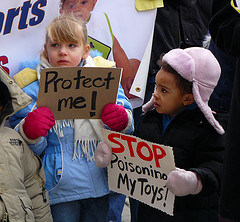 |
| https://www.stlawco.org/Departments/PublicHealth/LeadScreeningProgram |
 |
| https://commons.wikimedia.org/wiki/File:Map_of_Ohio_highlighting_Stark_County.svg |
 |
| https://www.gohunt.com/read/proposed-ban-lead-bullets |
 |
| http://ecochildsplay.com/2009/06/08/cpsc-fines-mattel-23m-over-lead-laden-toys/ |